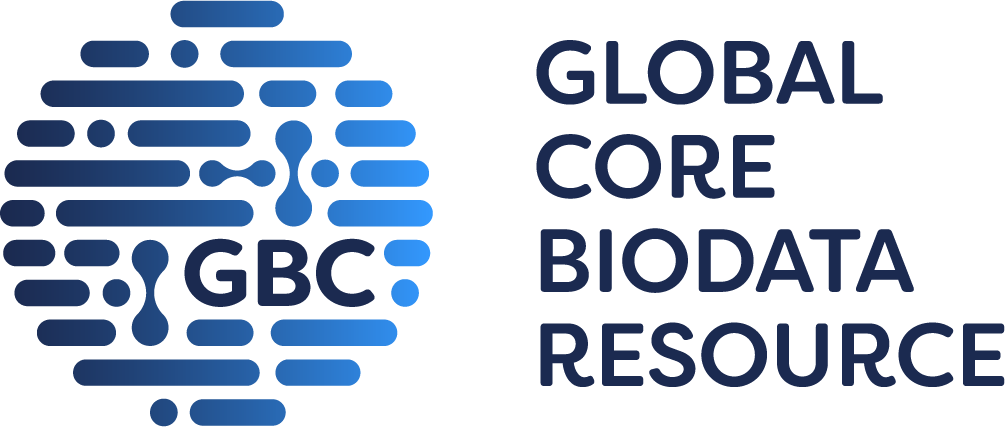renal/urinary system
| N |
• homozygotes show no signs of edema, weight loss, abnormal fluid intake or uremia up to 9 months of age
• no glomerulosclerosis, tubulointerstitial fibrosis or loss of nephrons is observed
|
|
• adult homozygotes exhibit a selective middle- to high-molecular proteinuria of up to 0.3 g/L relative to less than 0.05 g/L in control mice
• microelectrophoresis of urine indicates large amounts of albumin, transferrin, haptoglobin and immunoglobulins (IgA, IgG)
|
|
• urine microscopy revealed 1-5 erythrocytes and 0-2 acanthocytes per visual field at 6 months of age
|
|
• a loss of slit diaphragm is noted in a significant number of podocyte foot processes within the areas of localized GBM thickening
• in contrast, the slit diaphragm is detected in nearly all areas with a normal GBM width
|
|
• EM revealed a localized, subepithelial, mushroom-like isodense thickening of the GBM, affecting 3.4% of the GBM relative to 1.2% in heterozygous and 0% in wild-type controls
• bulge-like protrusions of the GBM are found in all mice examined (3-9 months of age) and no increase over age is observed
|
|
• a modest increase of intracellular vacuoles is noted in tubular epithelial cells relative to control mice
|
homeostasis/metabolism
| N |
• homozygotes display normal serum urea levels up to 9 months of age
|
|
• adult homozygotes exhibit a selective middle- to high-molecular proteinuria of up to 0.3 g/L relative to less than 0.05 g/L in control mice
• microelectrophoresis of urine indicates large amounts of albumin, transferrin, haptoglobin and immunoglobulins (IgA, IgG)
|
|
• urine microscopy revealed 1-5 erythrocytes and 0-2 acanthocytes per visual field at 6 months of age
|



 Analysis Tools
Analysis Tools